Ziegler & Brown KOMFORT User manual
Popular Pellet Stove manuals by other brands
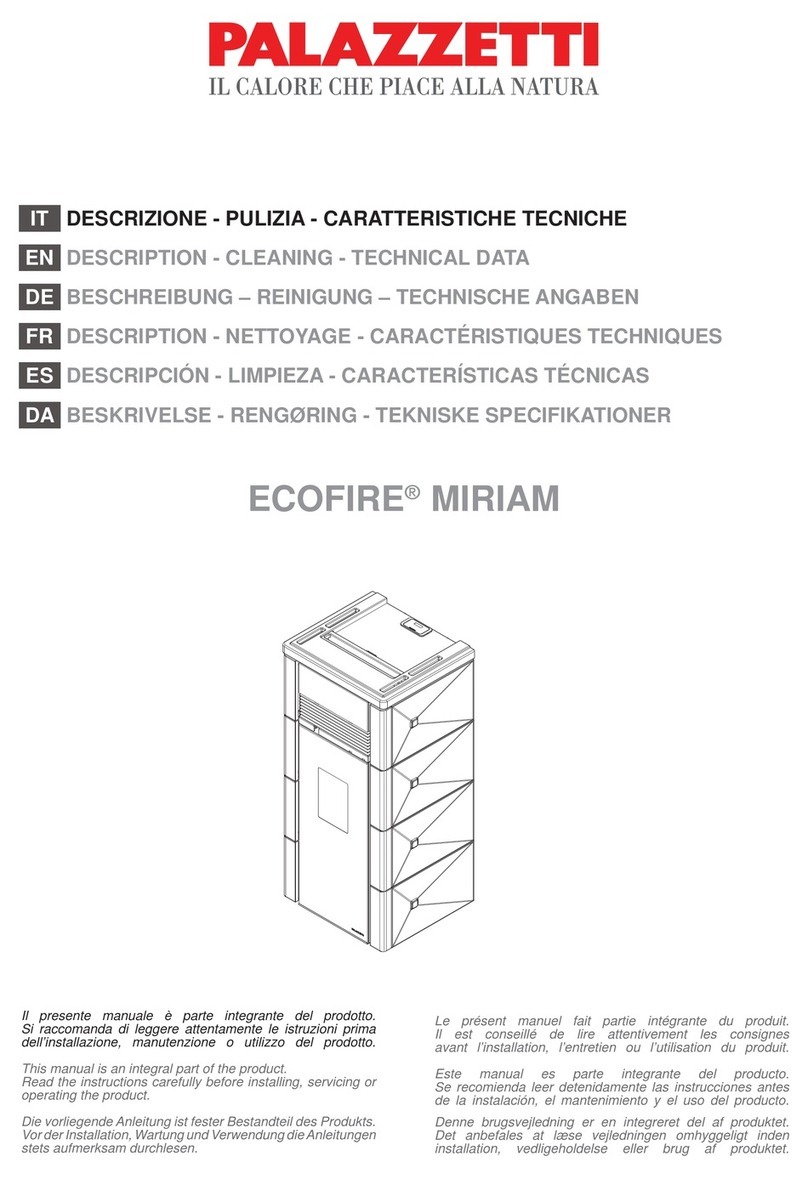
Palazzetti
Palazzetti ECOFIRE MIRIAM Description & operation

Quadra-Fire
Quadra-Fire MTVI-E2-MBK owner's manual
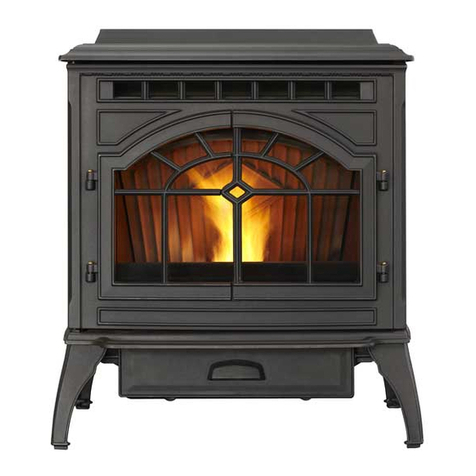
Quadra-Fire
Quadra-Fire MTV-E2-CSB owner's manual

vicenza
vicenza V4.5 Installation and operating instructions

Palazzetti
Palazzetti JP Series PRODUCT TECHNICAL DETAILS
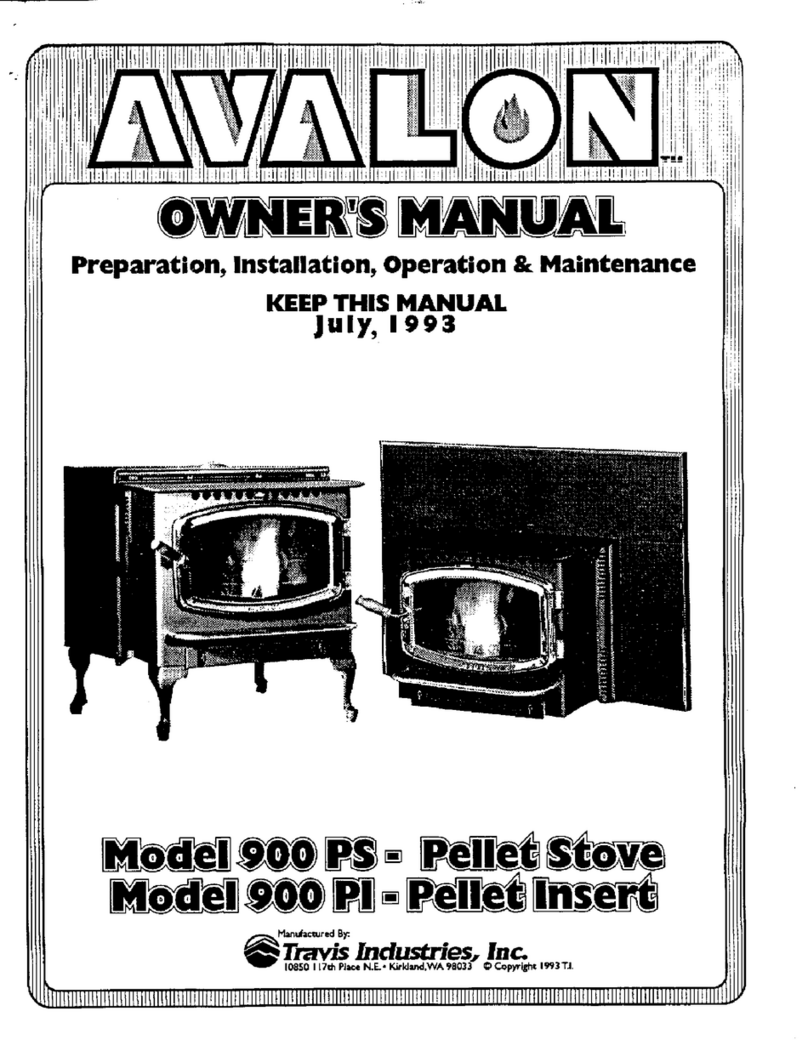
Travis Industries
Travis Industries Avalon 900 PS owner's manual
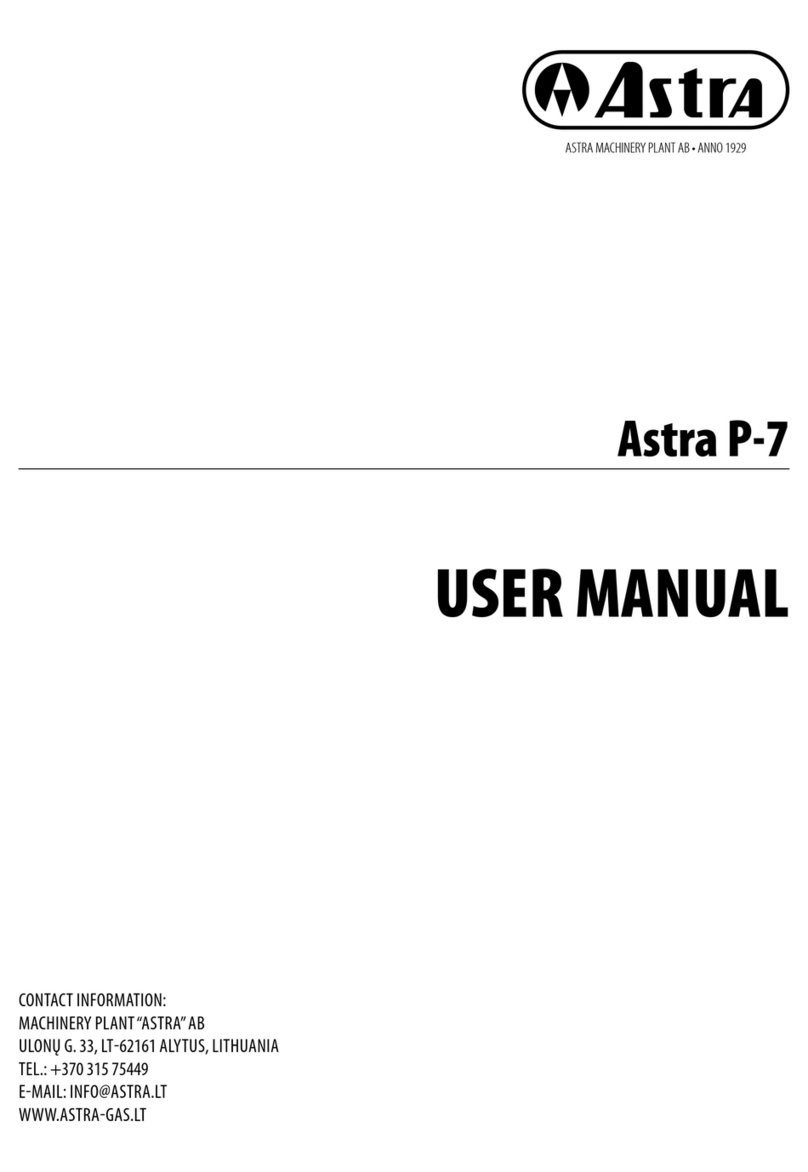
Astra
Astra P-7 user manual

Heatilator
Heatilator ECO-ADV-PS35 owner's manual

MCZ
MCZ VIVO 90 COMFORT AIR 9 M1 Use and installation guide

Cadel
Cadel aquos 24 h2O Installation, use and maintenance manual
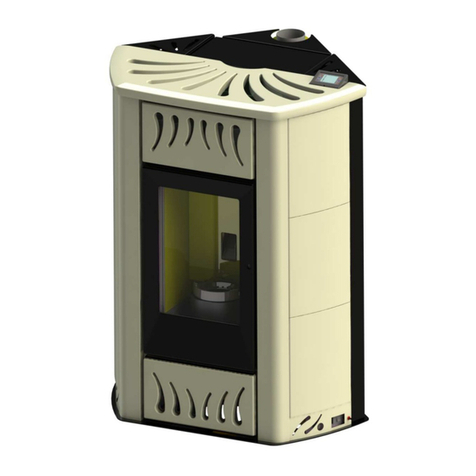
Ferroli
Ferroli GEMMA Installation, use and maintenance manual

pleasant hearth
pleasant hearth PH35PS Series owner's manual
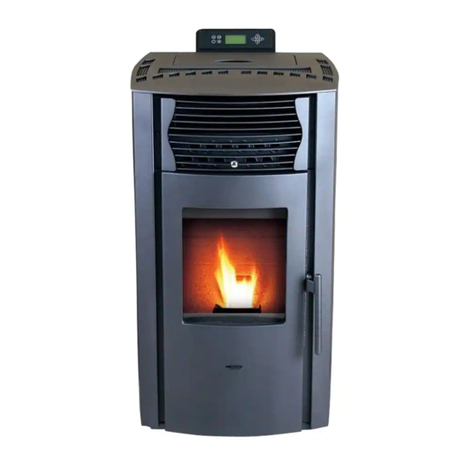
SMG
SMG Comfort Bilt HP50GC Operator's manual

Quadra-Fire
Quadra-Fire CB1200M-MBK owner's manual

England's Stove Works
England's Stove Works 25-EP Installation & operation manual

Flame
Flame FP-45 owner's manual
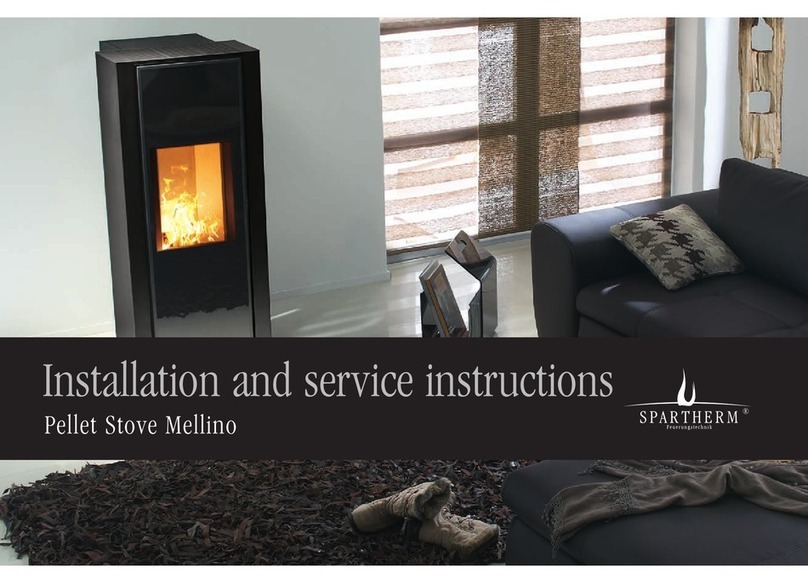
Spartherm
Spartherm Mellino Installation and service instructions

United States Stove
United States Stove American Harvest 6039 owner's manual









